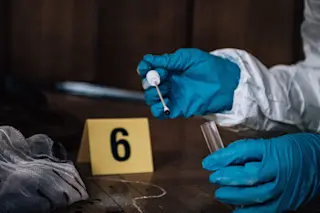Last week, the Huffington Post unveiled a new science section. Science bloggers and science writers aren't sure what to make of it. Some, such as Mark Hoofnagle, are cautiously hopeful. As he notes, the Huffington Post has up to now been notorious (at least in the science blogosphere) as a "clearinghouse" for "liberal crankery," featuring things "like Jenny McCarthy's anti-vaccine crankery, or Bill Maher's anti-pharma paranoia." Can the site turn a new leaf? "Time will tell," he says. Carl Zimmer, using more restrained language, also noted the Huffington Post's reputation for "checkered coverage" of science. But he is willing to give the new section (called HuffPo Science) a chance to prove itself:
I for one am ready to give the Huffington Post another look. If they can bring real science to their huge readership, that will be a great thing.
Orac, unsurprisingly, is not taking such a charitable view. He ...













